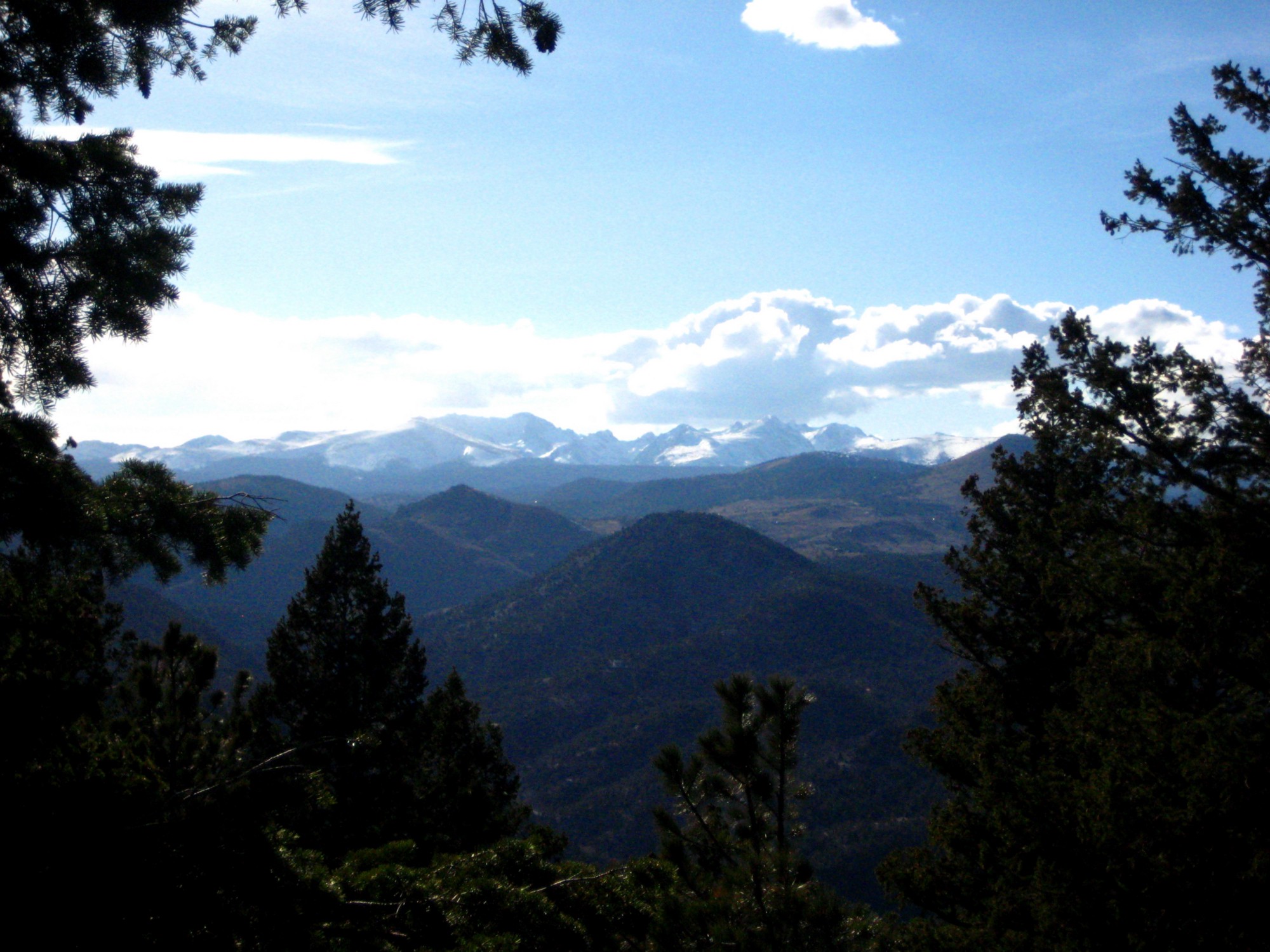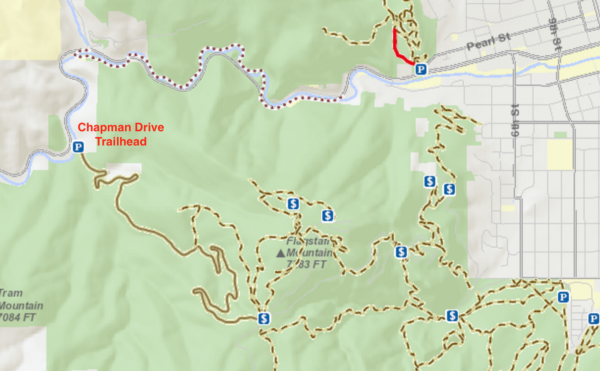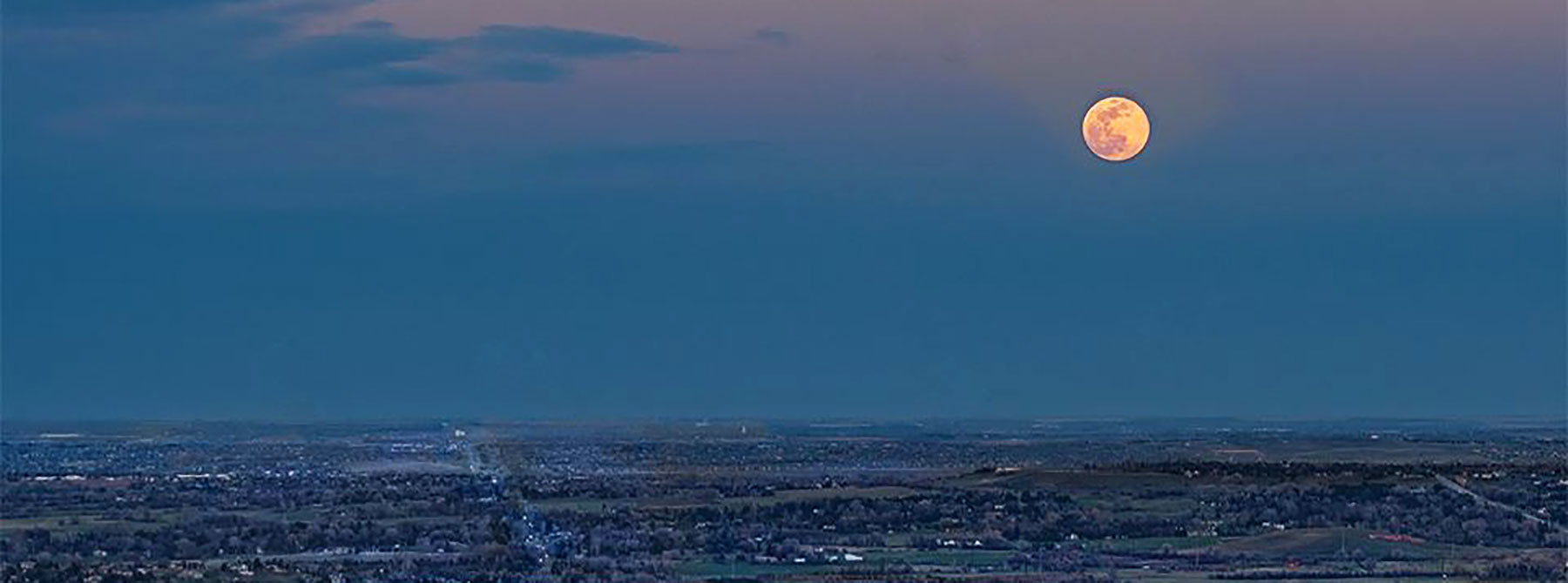As one of 128 full-time employees at Boulder’s Open Space and Mountain Parks division, community relations officer Keri Konold plays a small role in helping make one of Boulder’s most critical and iconic institutions hum.
In her work as community relations officer, Konold helps ensure stakeholders on department projects get and remain on the same page.
Open Space and Mountain Parks clicked into existence 50 years ago this year, when Boulder residents voted to tax themselves — and visitors — with a 0.40 percent sales tax on retail items purchased within city limits. The city’s celebrating this “Wild Idea” this fall with a number of programs.
This tax — which now stands at 0.88 percent — has helped the city purchase land that has created Boulder’s stunning mountain vistas, its wide mesa plain views and the expansive feeling residents and visitors enjoy in Boulder, the city’s most powerful design.
City land acquisitions then started filling out the flatlands north, south and east. The department now manages 45,000 acres — more than 70 square miles — and is approaching maturity (more on that below).
The land and 150 miles of trails managed by the Open Space and Mountain Parks (OSMP) department receive more than 5.3 million visits each year, according to a mid-Aught visitation study.
That count, from over a decade ago, makes Boulder greenways more popular than all but two national parks, ahead of Yosemite and Rocky Mountain, based on 2016 national park visit stats.
More than meets the eye
Many residents have their favorite OSMP property. Mine might be the E.M. Greenman. Konold has a clear favorite: Chapman Drive, whose trailhead starts four miles up Boulder Canyon.
Her route tracks Chapman Drive 950 feet up the body of Flagstaff Mountain 2.6 miles to Realization Point, the stunning overlook off Flagstaff Road that provides knee-buckling vistas of the mountains marking the continental divide to the west.

She returns about a mile down Tenderfoot Trail back to Chapman Drive, a little over a mile above the trailhead where she parks.
Her personal record time on the 4.66-mile loop is 57 minutes. In winter, she clamps Yaktrax onto her shoes to do the route over ice and snow.
Aside from the vistas, she appreciates the remoteness of the trail, and the wildlife it fosters. She tells of seeing beers, deer and, one time, discovering a deer femur bone severed rough, indicating a mountain lion found dinner.

The trail run illustrates one of the obvious pleasures of OSMP land.
However, OSMP lands’ deepest value often gets short shrift, Konold says.
The physical joy and expansion that comes with feeling the crunch of rock and trail underfoot, the expanse of mountain, trees and sky all around, cannot be missed, but there’s more.
“People don’t consciously think the role this space plays in public health,” Konold says. In addition to the ability to get up and out into a beautiful area easily, the spiritual and mental benefit that comes with having vast amounts of open space in and around Boulder is significant and sometimes overlooked, she adds.
Transition
After decades of acquisition, OSMP is in the process of shifting focus toward polishing the lands the division manages versus purchasing large chunks of additional land, Konold says.
The department’s currently building a strategic master plan, its first, which will help tie all of its efforts together into one vision, and anchor its next phase.
The department will kick off the public process for plan development in early 2018.
The master plan, which will provide a clear department roadmap to better align city staff, elected officials and residents, will address one of the biggest criticisms Konold says the department receives: receptivity to public process.
The OSMP’s transition coincides with a change in funding; portions of its sales tax stipend sunset in the coming years.
A 0.33 percent sales tax portion will drop to 0.22 percent on Jan. 1, 2019; a separate 0.15 percent sales tax portion will shift toward transportation projects on Jan. 1, 2020, according to Lauren Kilcoyne, who helps oversee the department’s finances. That means the department will operate, largely, with a 0.62 percent sales tax from 2020 on.
Acquisitions will likely continue, Konold says, but the department’s focus will notably shift toward maintenance and refining its current operations and holdings.



